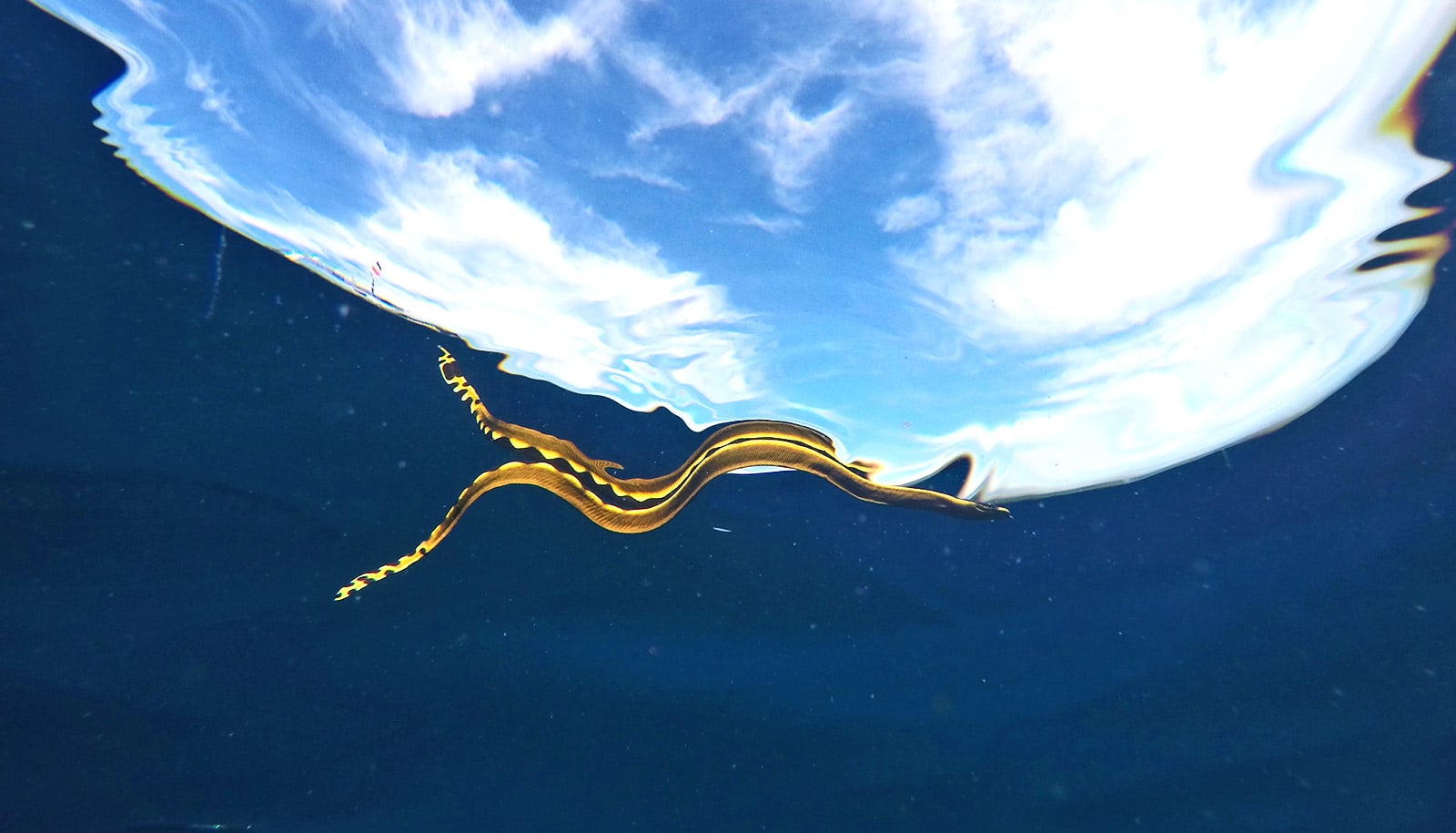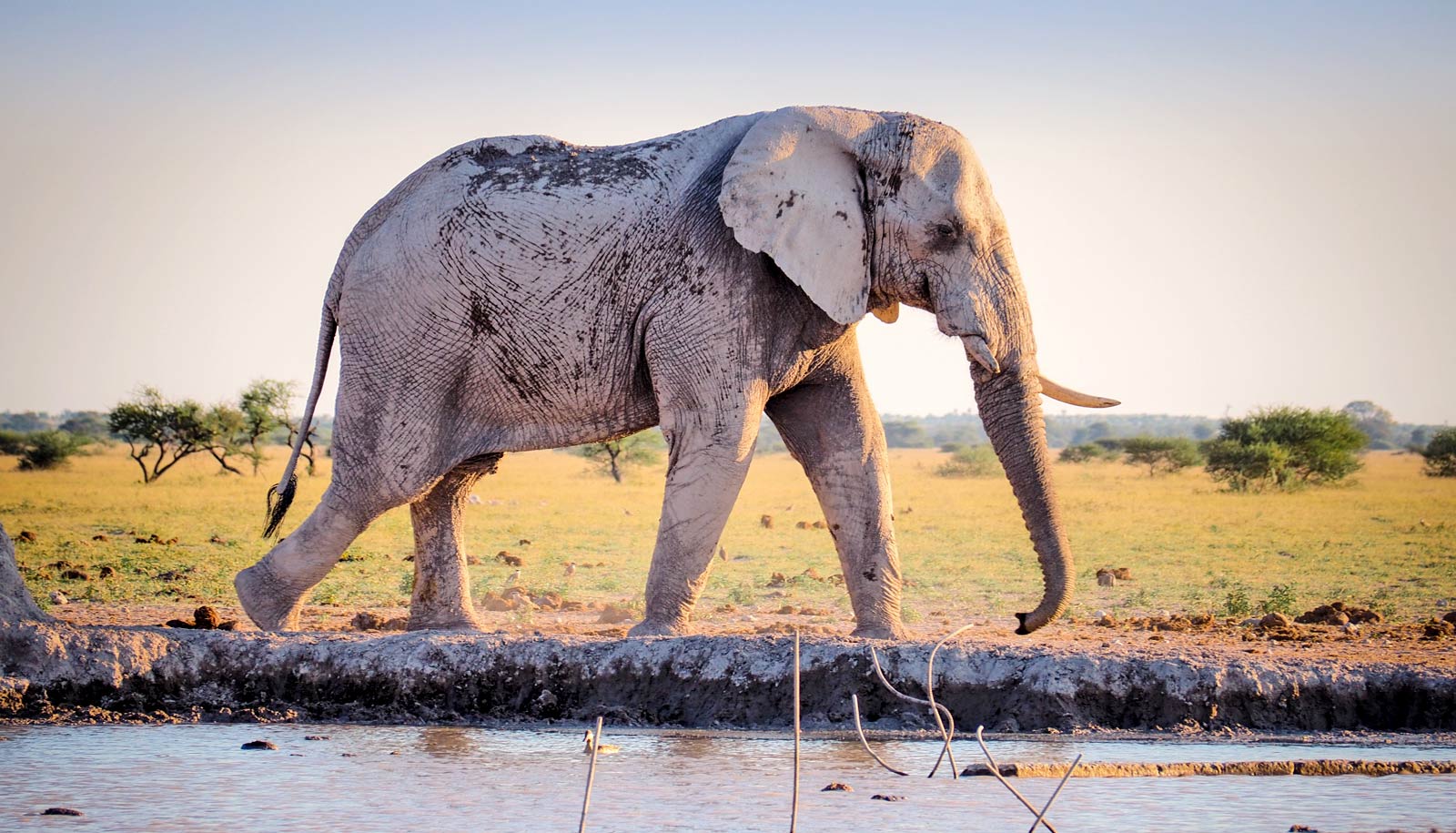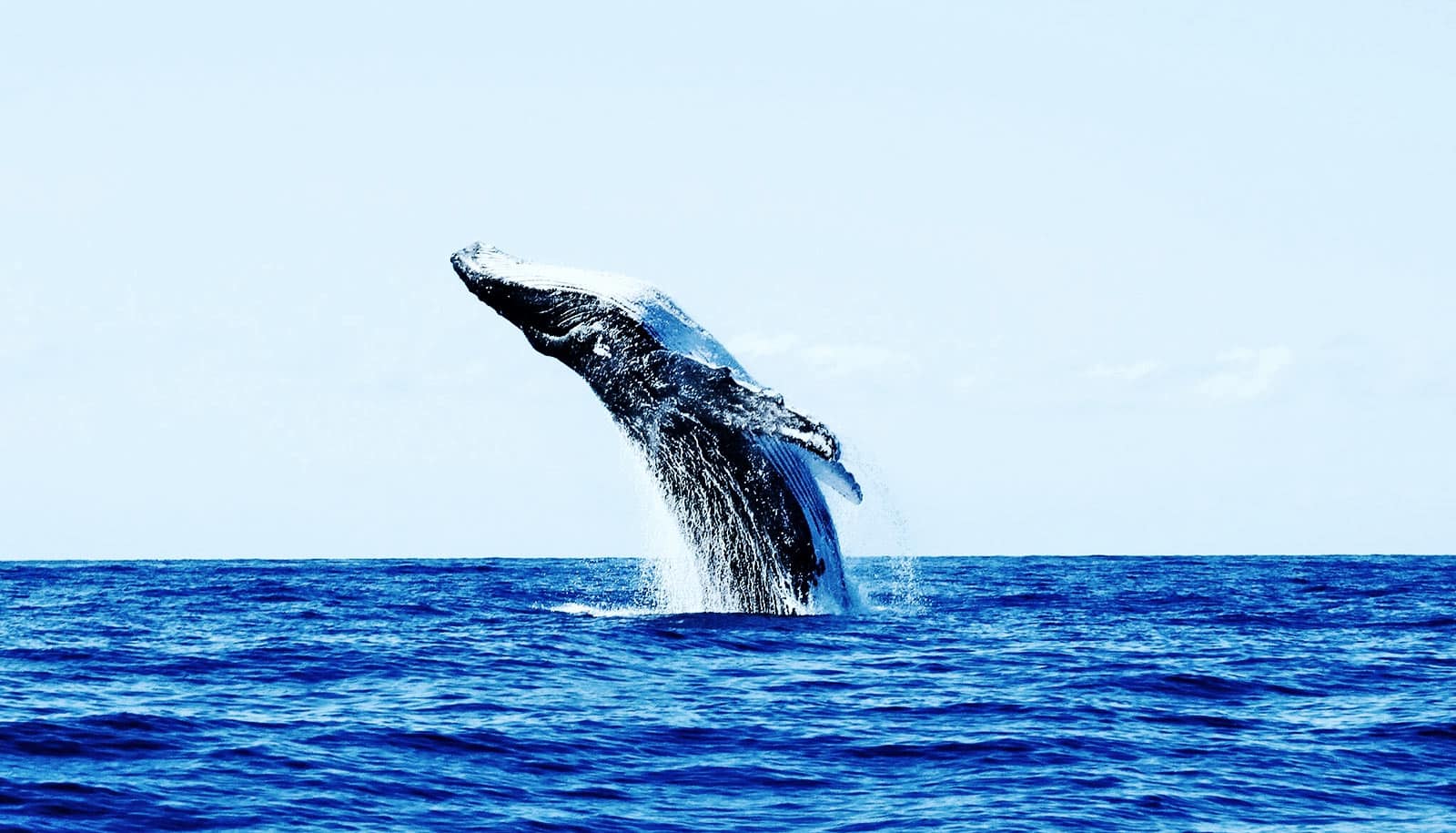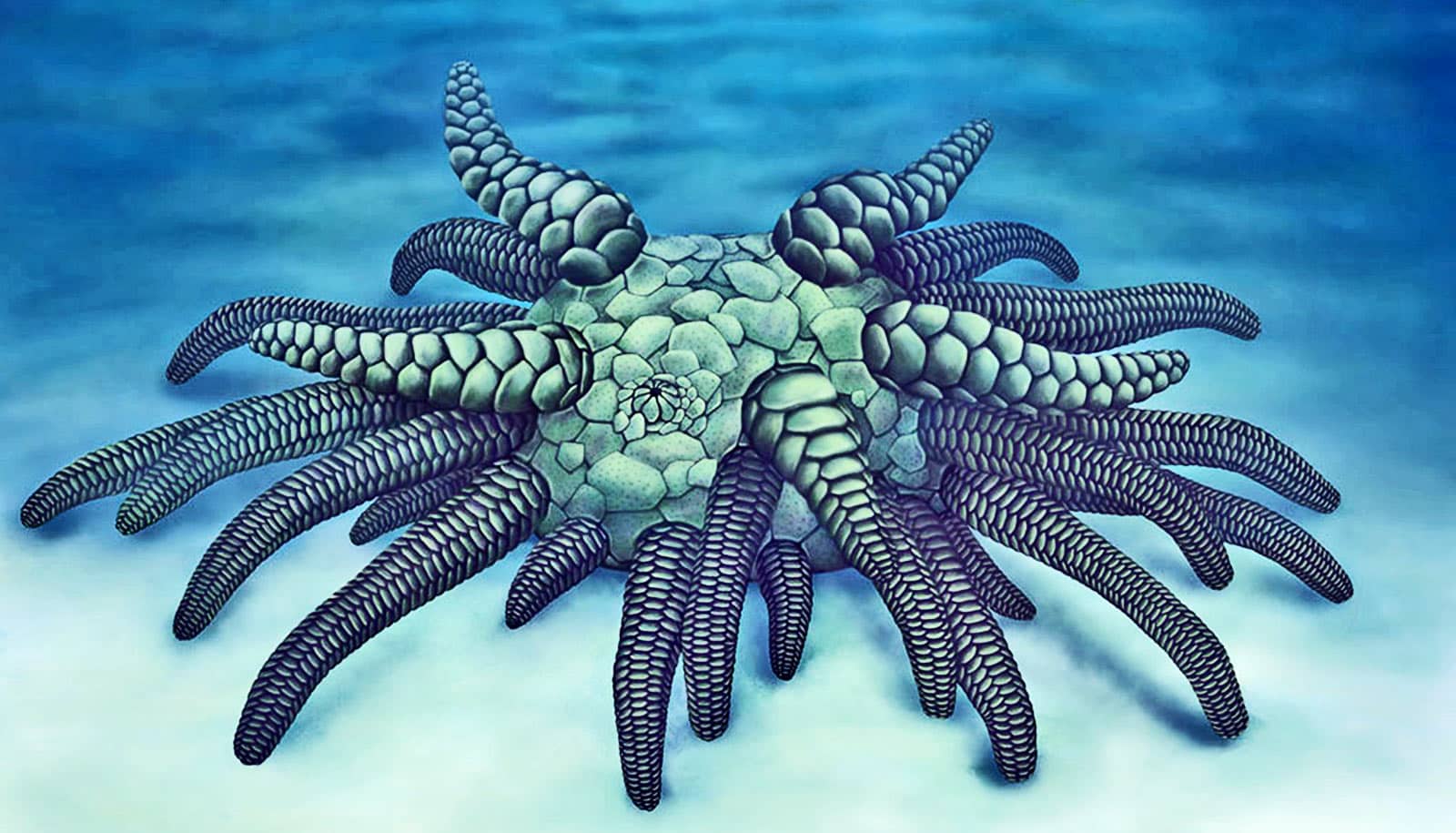Both elephants and yellow-bellied sea snakes have skin that can create a water sheath around the animal, research finds.
In addition, sea snake skin has evolved to permit the animal to thrive as the only pelagic species of venomous sea snake. (Pelagic refers to species residing in the open sea.)
The new study, published in the Journal of Morphology, is the first to quantify the water-retention capacity of sea snake skin, which is crucial to their ability to rest on the surface of the ocean to bask and travel great distances oversea without drying out.

Squamates (snakes and lizards) have a thicker, cornified outer layer of skin called the stratum corneum that allows them to thrive in many arid or semi-arid environments. The stratum corneum includes a lipid- and keratin-based permeability barrier. Yet Hydrophis platurus has an unusual skin structure.
To support H. platurus’ ability to move between the ocean’s surface and depths, the outer keratin level is thinner to allow for improved respiratory gas exchange in the skin. The skin also includes filamentous receptors that permit the snake to detect nearby prey and even help distinguish freshwater from seawater.
“I realized from natural history and photographs of elephants that the superficial structure of the skin had similarities with that of toads, and that both animals used capillary attraction forces to help wet the skin and keep the superficial epidermis from drying,” says Harvey Lillywhite, professor of biology at the University of Florida.
“Elephants wallow when they can find water holes, and the adaptive function of the sculptured surfaces is similar to that of toads that were studied previously.”
The sea snake species’ enormous range takes it across the Indo-Pacific Oceans, and it moves between the surface of the water down to depths of 50 feet. According to Lillywhite, because of this unusual habitat, its skin has some distinct features, including furrows along its scales, as opposed to the overlapping morphology of other snakes’ scales.
These furrows collect water and form a sheath around the snake. A similar structure is evident in elephant skin. Indeed, this research shows that the meso layer of H. platurus’ skin features a “brick and mortar” organization of lipids that is closer to mammalian skin and is markedly different from most squamates’ skin.
Moreover, to keep from drying out while constantly immersed in seawater, sea snake skin actively creates lipids to enhance the permeability barrier. This increased production of lipids to keep the skin hydrated is unusual among squamates, including other species of sea snakes, but has parallels to the skin of cetaceans (dolphins and whales).
Lillywhite’s coauthor, Gopinathan Menon from the California Academy of Sciences, says, “We get an evolutionary insight into what preceded the development of mammalian skin barrier, what pre-adaptations allowed the mammals to go back into an aquatic life as mammals and birds evolved from reptiles.”
Source: University of Florida


